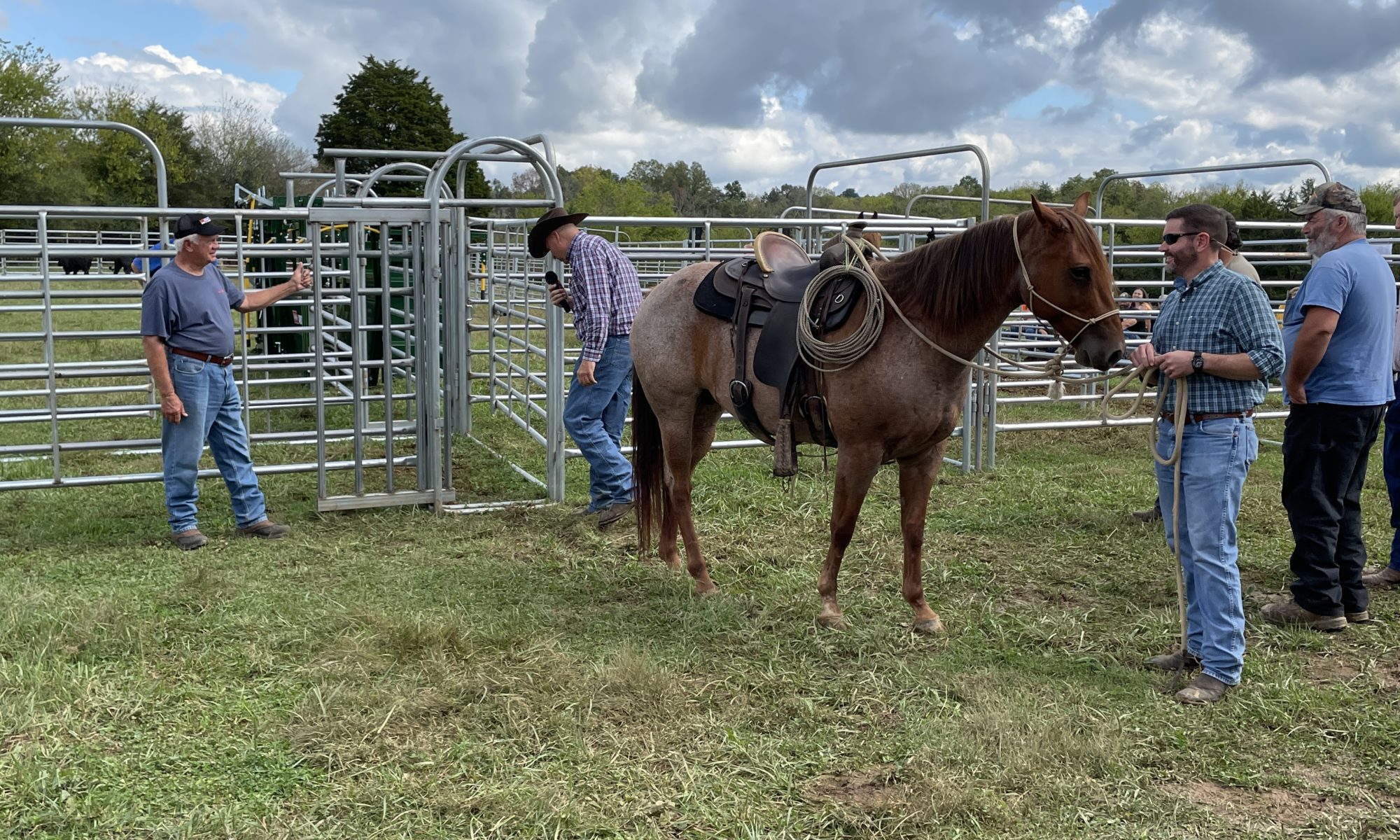

Dr. Andrew Griffith
Assistant Professor
Department of Agricultural and Resource Economics
P: 865-974-7480
Here are a few questions to answer, and make a note of the first thought that comes to mind. Would you rather get paid $5 per hour, $25 per hour, or $50 per hour? Would you rather get paid $1 per pound for a calf or $2 per pound? Would you rather have a salary of $50,000 per year or $300,000 per year? Which child is your favorite? I got you on the last one! Forgetting the favorite child, most people would have answered $50 per hour, $2 per pound, and $300,000 per year, because the assumption is everything else is in today’s dollars. However, it is impossible to answer any of these questions without more information. For instance, a 500 pound steer at $1 per pound is $500 and $1,000 at $2 per pound. If it cost $900 to raise a $1,000 calf then a person would be better off with it only costing $400 or less to raise a $500 calf.
The average price of the Big Mac has reached a record level of $5.15 in the United States. This is compared to 45 cents in 1967 when McDonald’s debuted the burger. That means the price of the Big Mac has increased 1,044 percent in 56 years. Using the 1966 amendment to the Fair Labor Standards Act, the Federal minimum wage in 1967 was $1.00 per hour and has increased to $7.25 per hour at the time of this writing, which represents a 625 percent increase in wage rate.
Novice readers may think there is a huge difference between 1,044 and 625 and begin wondering if McDonalds is making a profit grab. However, most readers are aware many states have their own minimum wage requirements that exceed the federal government rate. Additionally, the wage rate at many McDonalds must exceed the minimum wage rate in order to keep the restaurant staffed. In fact, there have been several fast food restaurants offering $13 to $15 an hour starting pay and this includes some McDonald’s establishments. Thus, if there is a McDonald’s paying $13 per hour then that means the wage rate has increased 1,200 percent, which is a larger increase than the price of the Big Mac. Thus, McDonald’s only has to pay $10.44 per hour to demonstrate the same increase in wages paid as the price increase of the Big Mac.
This article is not meant to degrade or commend McDonald’s. What it is meant to do is expound on the absurdity that higher wages can solve the issues that most of our consumers have. The reality is that higher wages or infusion of money into an economy results in inflation. Thus, if a single business raises the wages of all their employees then their employees are better off than everyone else in the economy because now they have more income to purchase goods whose price has not changed. However, that one business will have to increase the price of their goods or services to pay the higher wage, which means consumers of those goods and services cannot purchase as much of that good or service unless they purchase less of something else or their income increases. These consumers then demand higher wages from their employer, and it trickles through the entire economy leaving most people where they started.
It is hard for people to believe that our economy could roll back wages and cost of goods and services to any year they wanted and most people would essentially be in the same situation they are in today. The same can be said for cattle producers. Cattle producers are excited about cattle prices moving higher in this high cost environment, but for some reason the idea of higher prices sounds better than higher profits for many people. It is really a psychological game or simply a mind game. The idea of higher wages or higher sell prices sounds good and releases endorphins that make one feel good. However, most forget to consider how higher prices received for cattle and higher wages influence folks down the line. This is not rocket science or brain surgery. It is common sense, but common sense is not so common anymore.